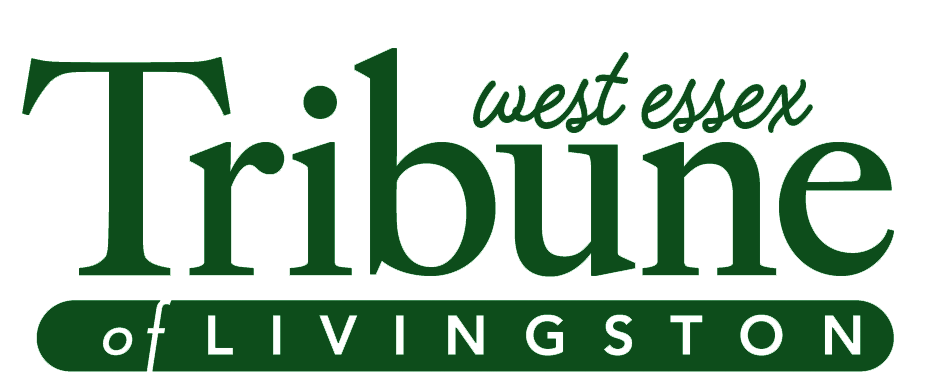The Livingston Board of Education, at its meeting on Tuesday, December 5, reviewed its equity Audit Report. The report was released on Monday, November 27. The audit began on May 16. The audit was formally presented Tuesday by Rowan University professor and audit consultant Shelly Zion.
The Audit Process
Zion shared the process of conducting the audit, which included using existing data provided by the district, reviewing publicly available data from social media and the news, and an administration analysis of a climate survey that had gone out to family andcommunitymembers. The process also included site visits to each school in the district, and focus groups and interviews.
“Some of those interviews and focus groups happened during the site visit, and some of those happened via Zoom across the course of the summer,” Zion said.
Points of Clarification
Before starting her overview of the recommendations for the district, Zion clarified a few items about the audit.
“We heard from folks who thought that there would be some evaluation of personnel,” she said. “That is beyond our scope of work. We did not evaluate any individuals.”
She also stated that the audit did not differentiate the experiences and concerns of parents of special education students.
“The concerns of those families, whose students are in general education environments, are substantially different from those who are in a more restrictive placement, and we did not sufficiently address either,” she said.
Zion said that she will review the data again, and will submit an addition to the final report.
She also reminded the audience that the audit report is a snapshot in time, and that “some of the work has beenhappeningforalongtime; some may be newer, and some things may have happened since we stopped data collection.”
District Recommendations
According to the report, the district’s biggest challenge is to create necessary organizational structures and supports that enable students, faculty, staff andcommunitymembers to apply the recommendations suggested to social interactions, classroom, building, and team settings.
Seven recommendations were suggested: theory of action; ongoing evaluations of the impact of Diversity Equity and Inclusion (DEI); balancing individual school autonomy with the district’s vision; expanding the distinct level DEI team; continuing curricular changes; partnering with the community and cultural organizations; and sharing power and voices with students.
“We wanted to recommend that you continue curricular changes. Our initial one was to really focus on curricular changes and articulation between what happens in the curriculum between the elementary and middle school and high school,” Zion said. “It seemed to us that the elementary schools were doing a good job with getting students to understand the core values and basic ideas behind diversity, inclusivity and belonging. And then, at the high school level, there were conversations that expanded on that, but there wasn’t really a clear articulation by grade level of what it is that young people need to know and understand about those concepts.”
Recommendations were also made for five domains, specifically general diversity, equity, and inclusion (DEI); climate and culture; academics and co-curricular programs; communication; and family and community engagement. Details about the domains are included in the qualitative summary of the report, and are broken down into sections explaining the domains in detail.
Domains: General DEI
Included in the section are details regarding the strengths and challenges in the school system, and the understanding for a more diverse school environment, with regard to staff and students.
“There seems to be a lack of clarity about what equity teams are supposed to be doing, what their roles are, and who is responsible. It makes the work hard to follow when you don’t have any kind of consistent


